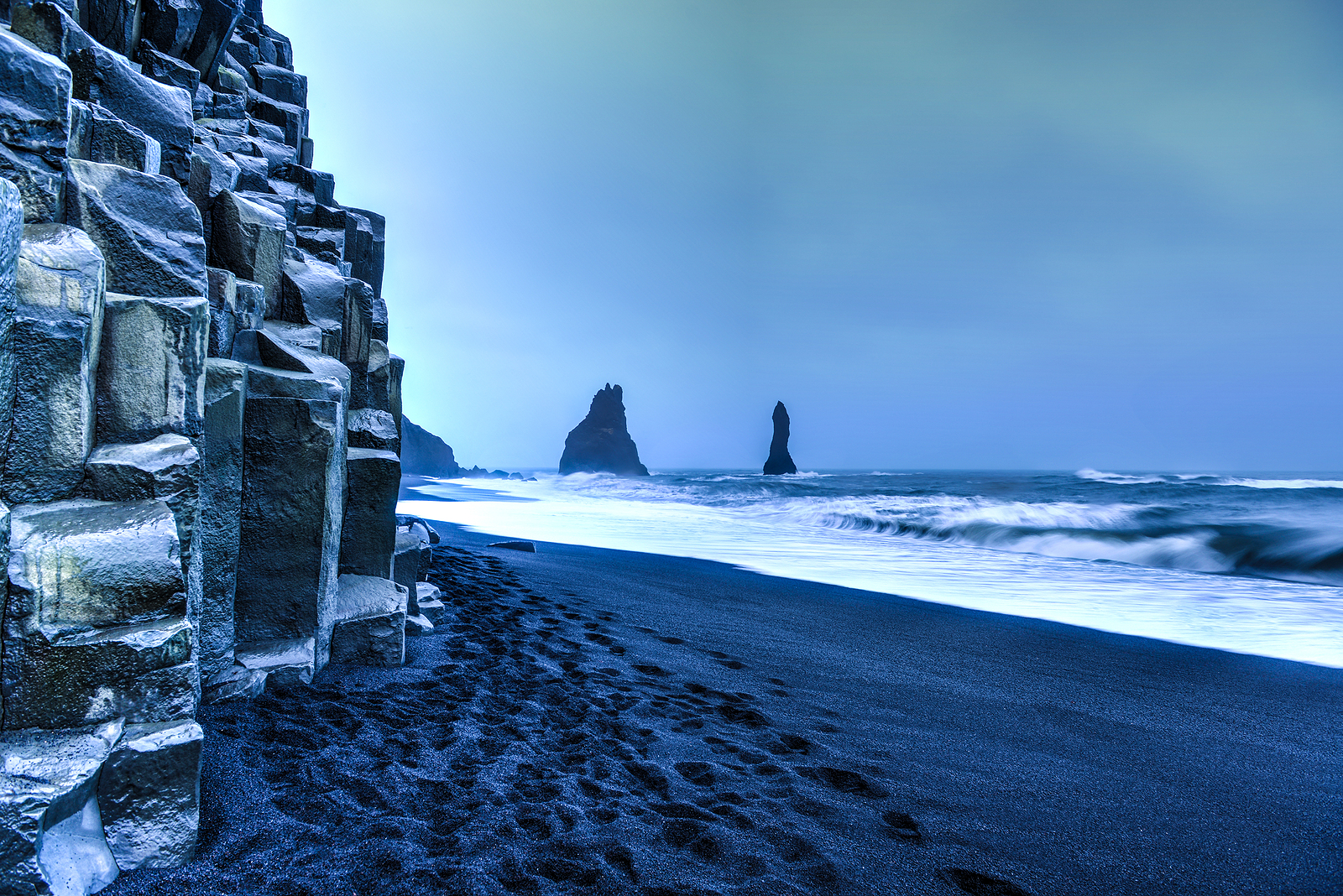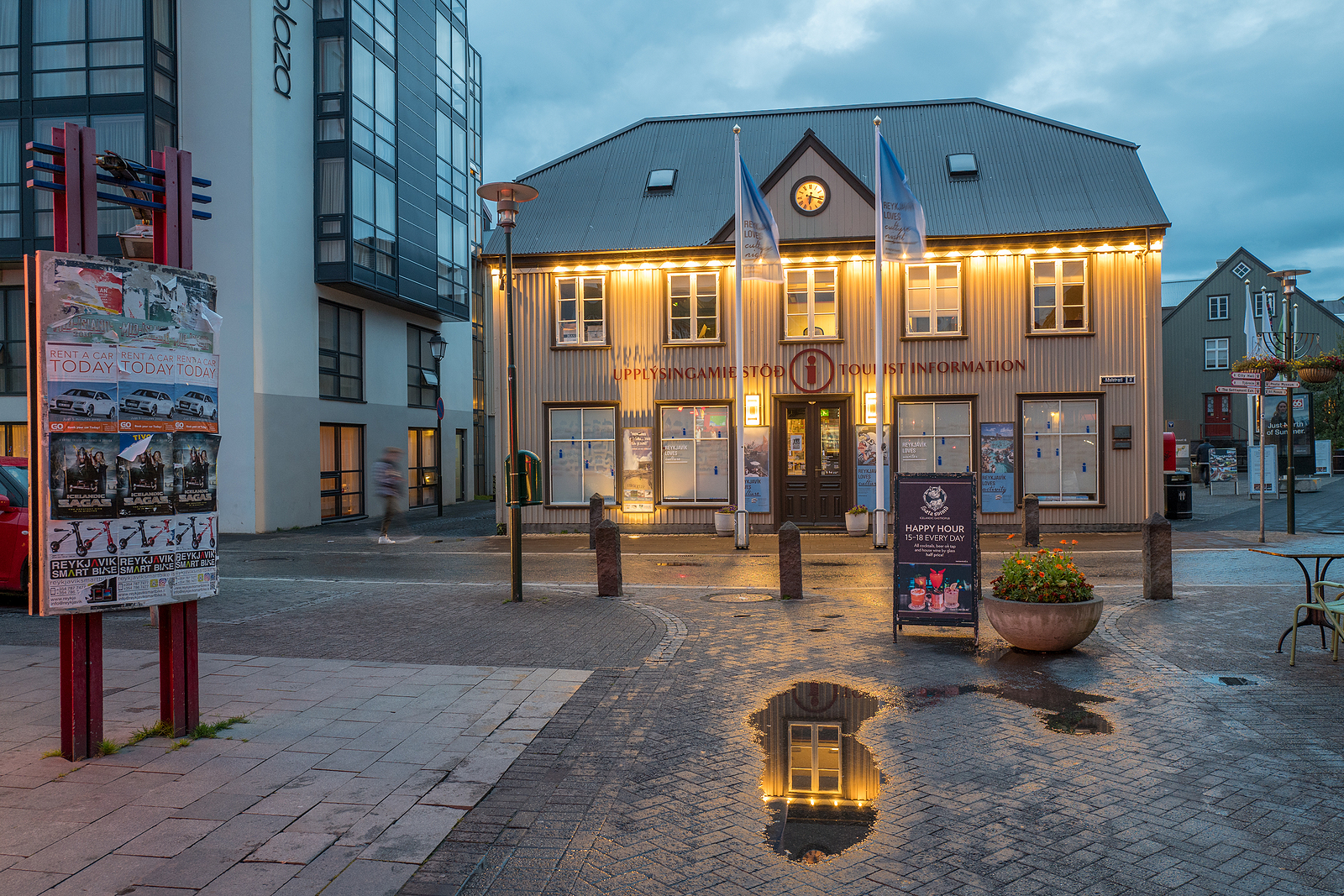Winters in Iceland are a great time to visit. Find out about Iceland’s hours of darkness and what to do during the darker months here.
Hours Of Daylight in Iceland During Winter
The northern latitudes are notorious for their winter darkness, and Iceland is no different. The darker winter days, of course, are juxtaposed with their long sun-soaked summers during the midnight sun period. If you intend to travel to Iceland during the winter, you may be concerned with the hours of daylight available to you and how this may affect your activities and tours. Find out if winter is the best time to visit Iceland for you.

Average Daylight Hours In Icelandic Winters
Iceland has limited sunlight during the winter due to the country’s high latitude. From October to December, an estimated 6 minutes of sunlight are lost each day. The days go from 11 hours long in October to just 8 hours in November. The middle of December averages about a maximum of 5 hours of sunlight, due to the winter solstice.
The winter solstice varies from year to year, but is around the same date every year (December 21-22), as with the summer solstice in June. Find out when the Winter Solstice for this year is and in the foreseeable future. After December, Iceland starts gaining 6 minutes of daylight each day. January has an average of 7 daylight hours.

Is It Completely Dark All Day During Winter?
Still, you may feel like there is very little light in Iceland during the winter. Although this is true to an extent, it is important to note that there is a period of civil twilight, dawn and dusk, before the sun rises at around 11 am and after the sun sets at around 3 pm. During these few hours of civil twilight, the sun’s geometric center is at most 6 degrees below the horizon, so it is not completely dark. Therefore, although winters in Iceland are dark, especially if there is bad weather, it is not as dark as you probably imagine.
Tips For Visiting During Winter
When you are planning a trip to Iceland during the winter, keep daylight hours in mind. The civil twilight period is a great time to commute to your destination of interest, and if you set off early before sunrise, you can still safely drive on the roads in your rental car, as there is partial light to guide you on your journey. You can check the Sun graph to see when the civil twilight happens, the sun rises and sets in Reykjavik.
While the lack of light shouldn’t affect you too severely on a short trip, longer stints in Iceland may begin to affect those not accustomed or prepared. Solar lamps, sleeping aids, layers, and vitamin D supplements are helpful if you feel a little sun-sick. There is a special type of light called SAD (seasonal affective disorder) lights, which mimic sunlight and are known to be an effective treatment for winter blues.

Things To Do During Winter In Iceland
There are many activities to participate in, even in the middle of winter. Icelanders have had years of time to create a number of fun pastimes. Below, you will find a list of things you could do in Iceland during winter.
- Enjoy Hot Springs: There are a number of superb natural hot springs and geothermal pools to soak your tired muscles in.
- Spot the Northern Lights: Winter is the perfect time to visit Iceland to see the Northern Lights. There is very little light pollution and the perpetual darkness increases your likelihood of sighting the Aurora Borealis.
- Hiking: Winter hiking is safe, especially if you go with a guide.
- Helicopter Tours: Helicopter Aerial tours of Iceland’s beautiful landscape are stunning during the winter.
- Photography Opportunities: The landscapes of Iceland are always photogenic, but especially so in winter when a blanket of snow covers the ground, creating a winter wonderland.
- Explore Ice Caves: If you want to visit cool glacial ice caves, this would be the perfect time, when the ice is cold and strong.
Just because Iceland is darker in the winter, don’t let visiting at this time of year put you off. There’s plenty of beauty to behold and enough time to squeeze in some fantastic winter adventures. Our team will happily answer any questions you have!